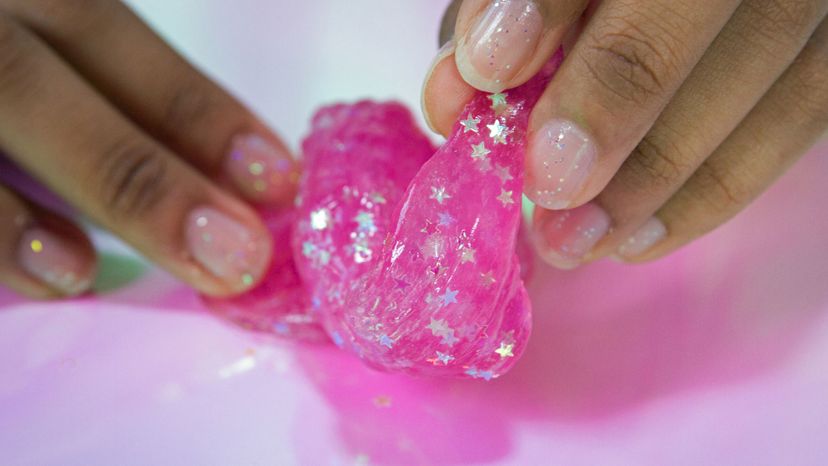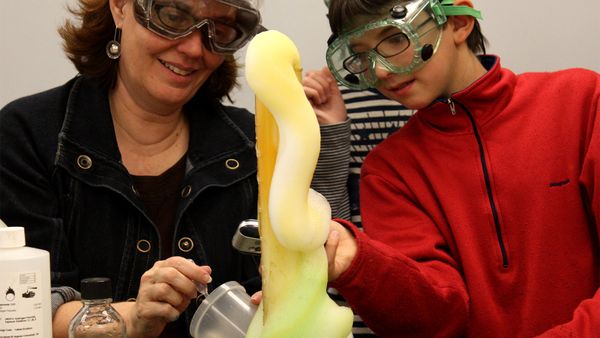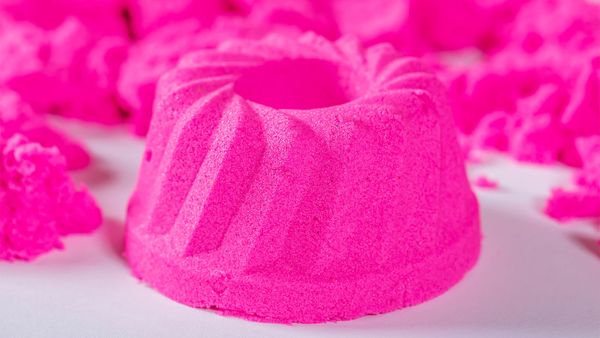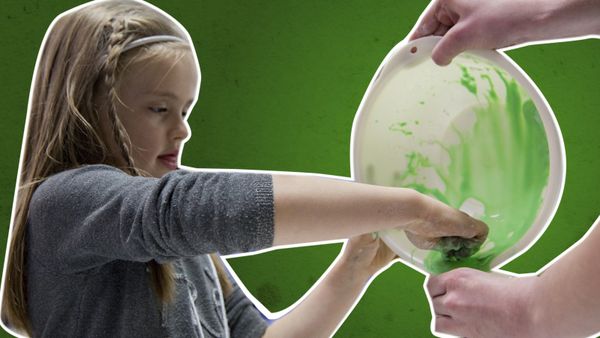
A few years ago, homemade slime (sometimes known as Gak or goop) became all the rage, with all-in-one kits showing up on store shelves and YouTube tutorials saturating iPads everywhere. Perhaps this explosion was the next logical step in a worldwide push to get kids excited about science, technology, engineering and math (STEM) careers. Or maybe the activity took a cue from fidget spinners and snowballed into a fad.
Either way, making slime is an epic way to introduce them to the concept of non-Newtonian liquids, which act as solids sometimes and liquids in other situations. Long strings of molecules called polymers are ultra-important to slime recipes because they act as liquids until other chemicals are introduced, giving slime its somewhere-between-a-liquid-and-a-solid makeup, thus turning it into a non-Newtonian liquid.
Advertisement
A typical homemade slime recipe involves school glue and borax (and some food coloring). School glue has an ingredient called polyvinyl acetate, a liquid polymer. Borax, often used as a laundry additive, is another name for the chemical sodium tetraborate. This works as a slime activator. When the two ingredients are combined, the sodium tetraborate causes the polyvinyl acetate molecules in the glue to stick together and create one big putty-like polymer (a process called cross-linking).
Sure, you can purchase ready-made slime in a can, but where's the fun in that? We've got some DIY slime recipes for super-satisfying concoctions below.
Advertisement


